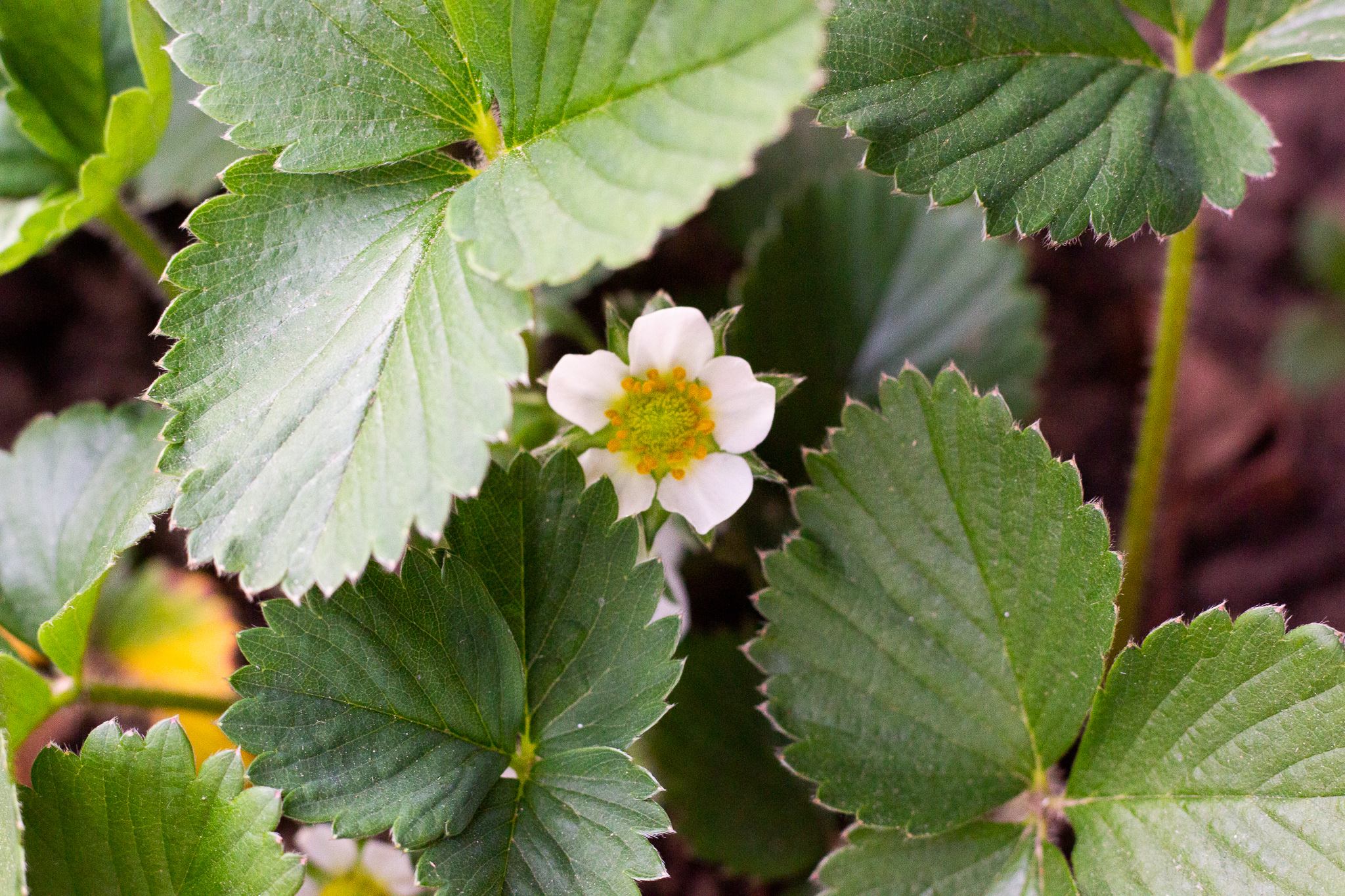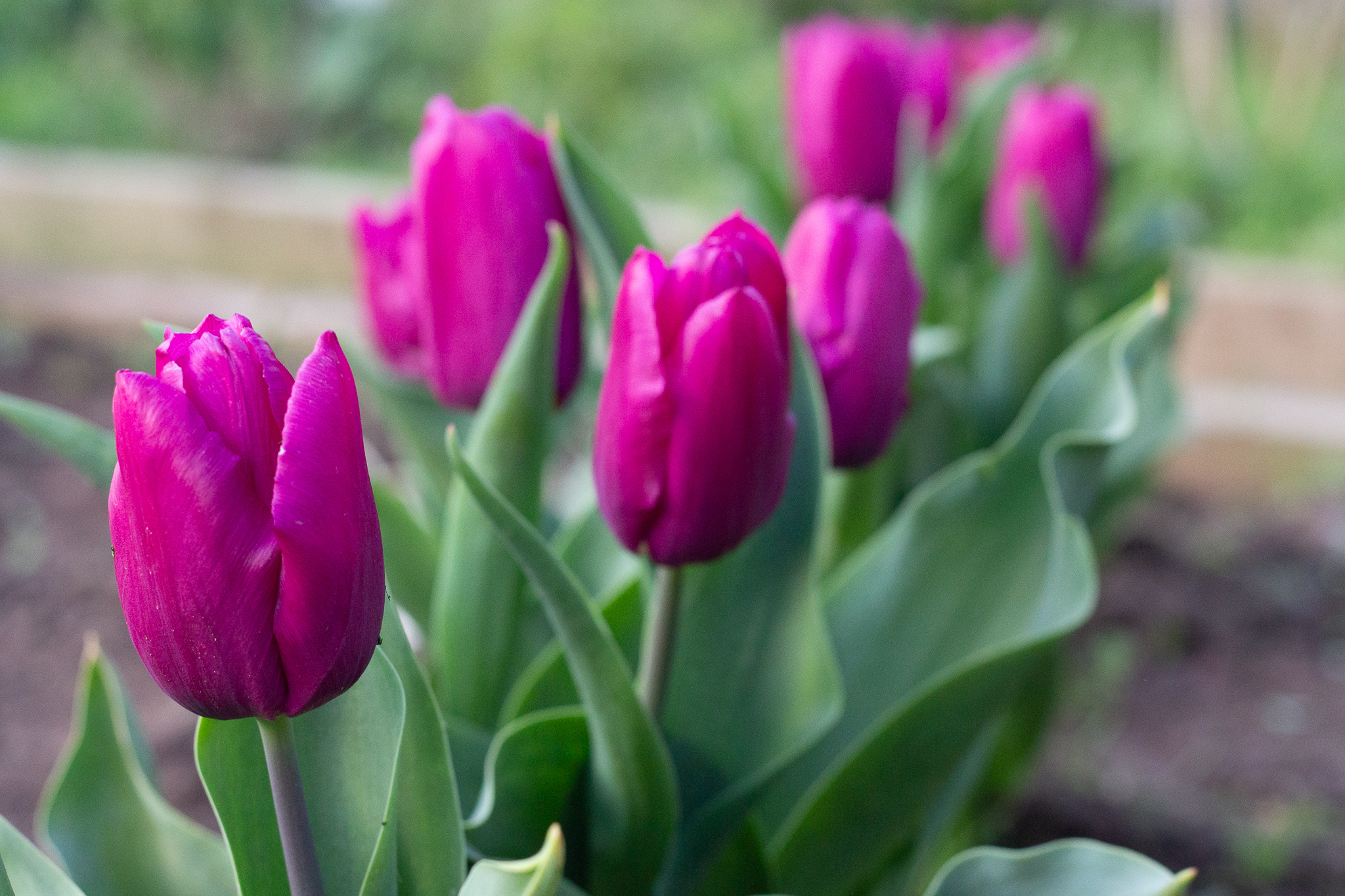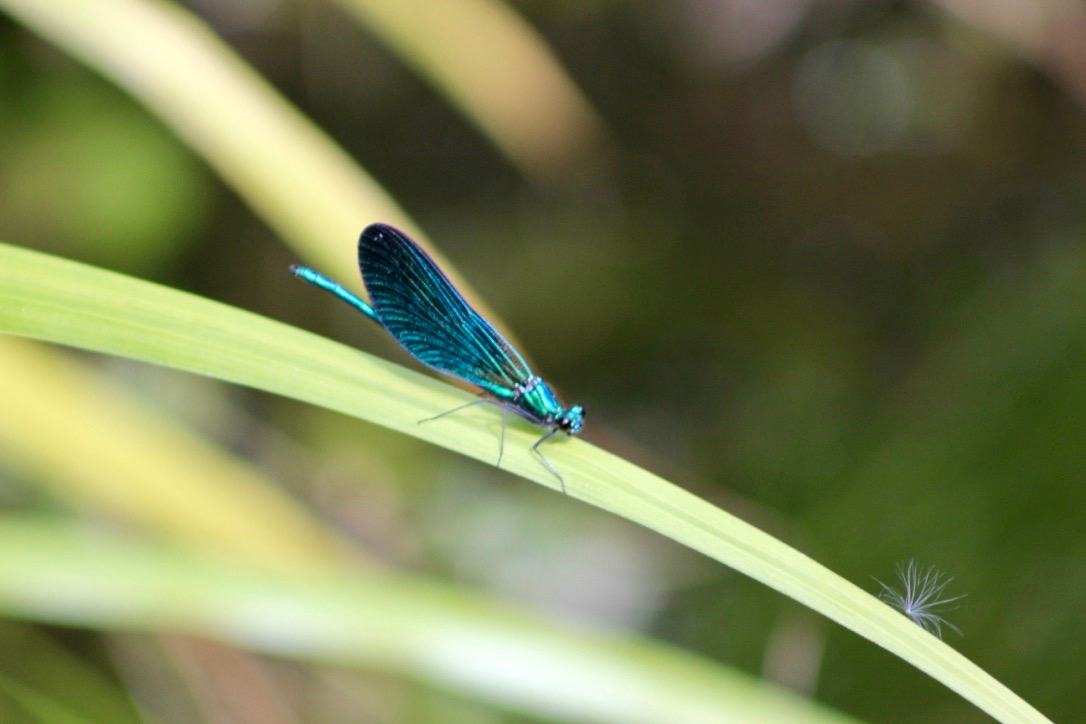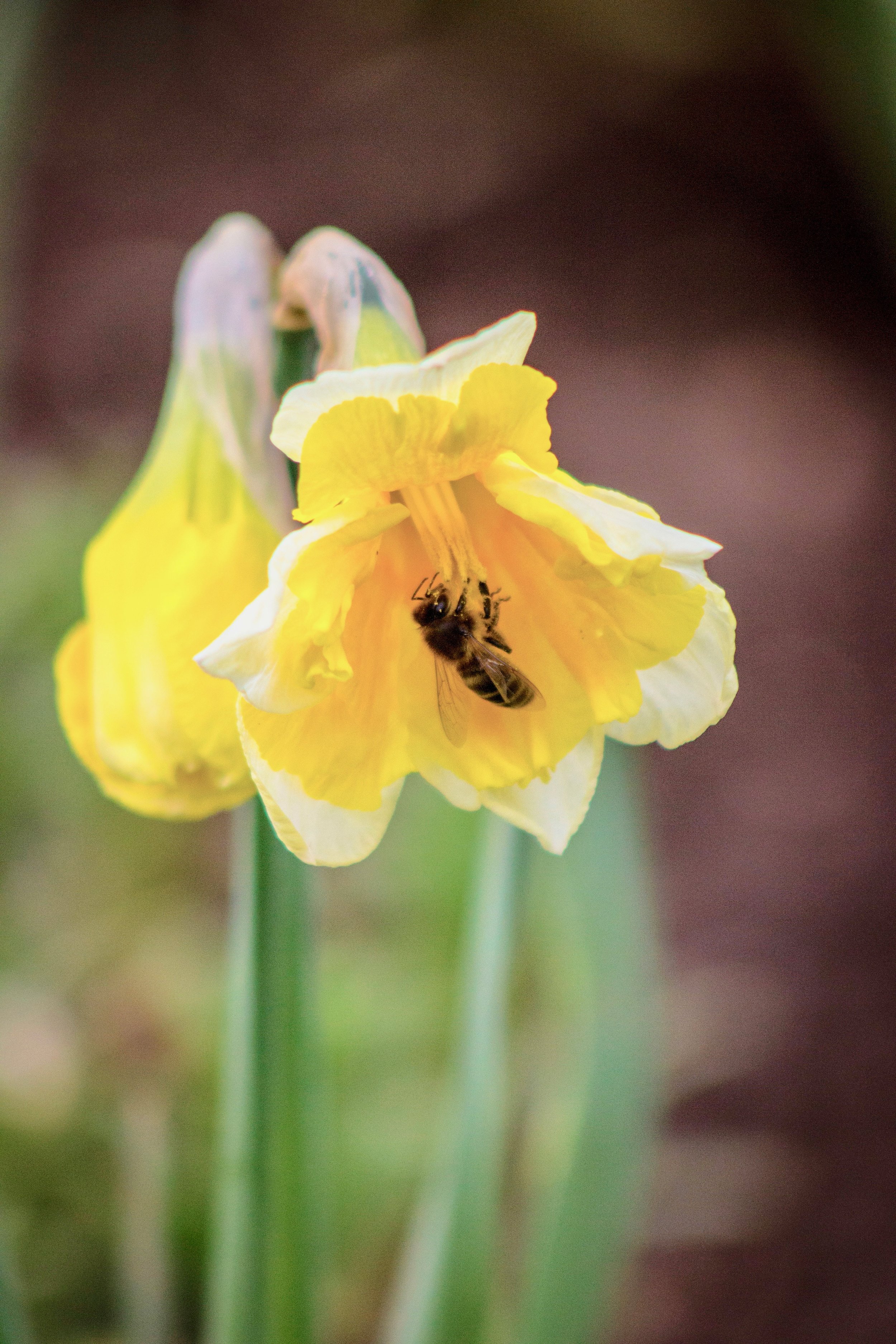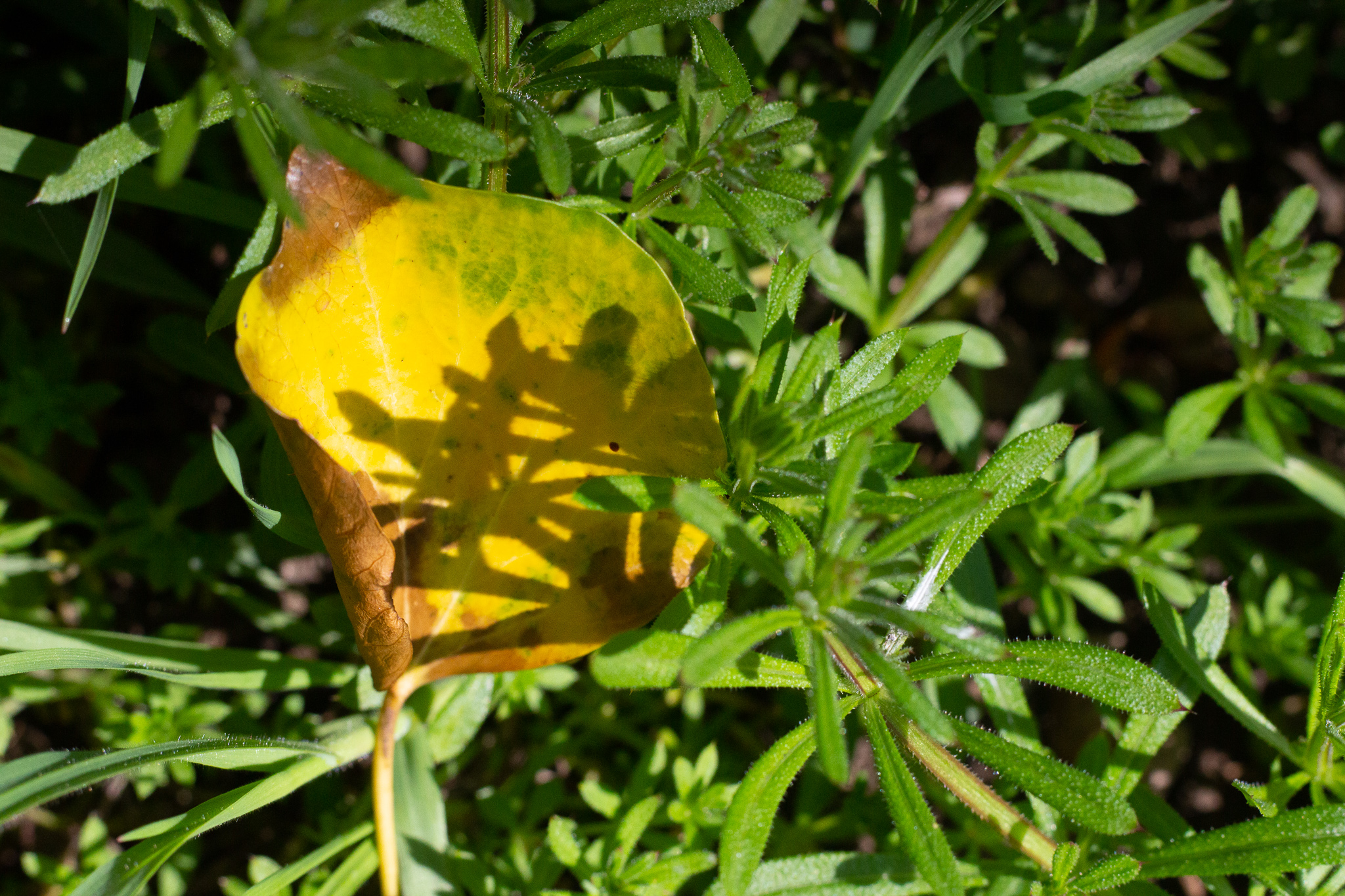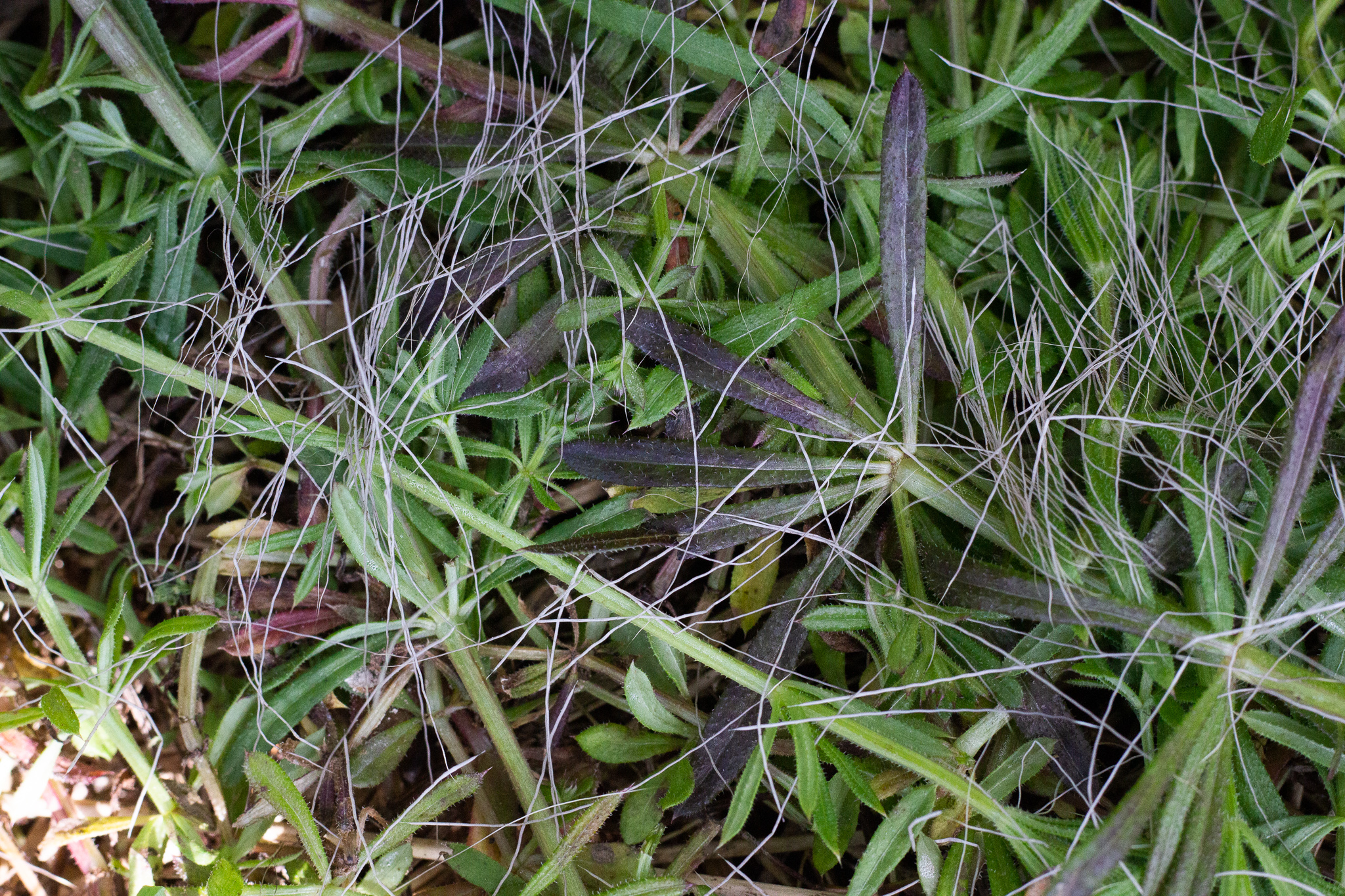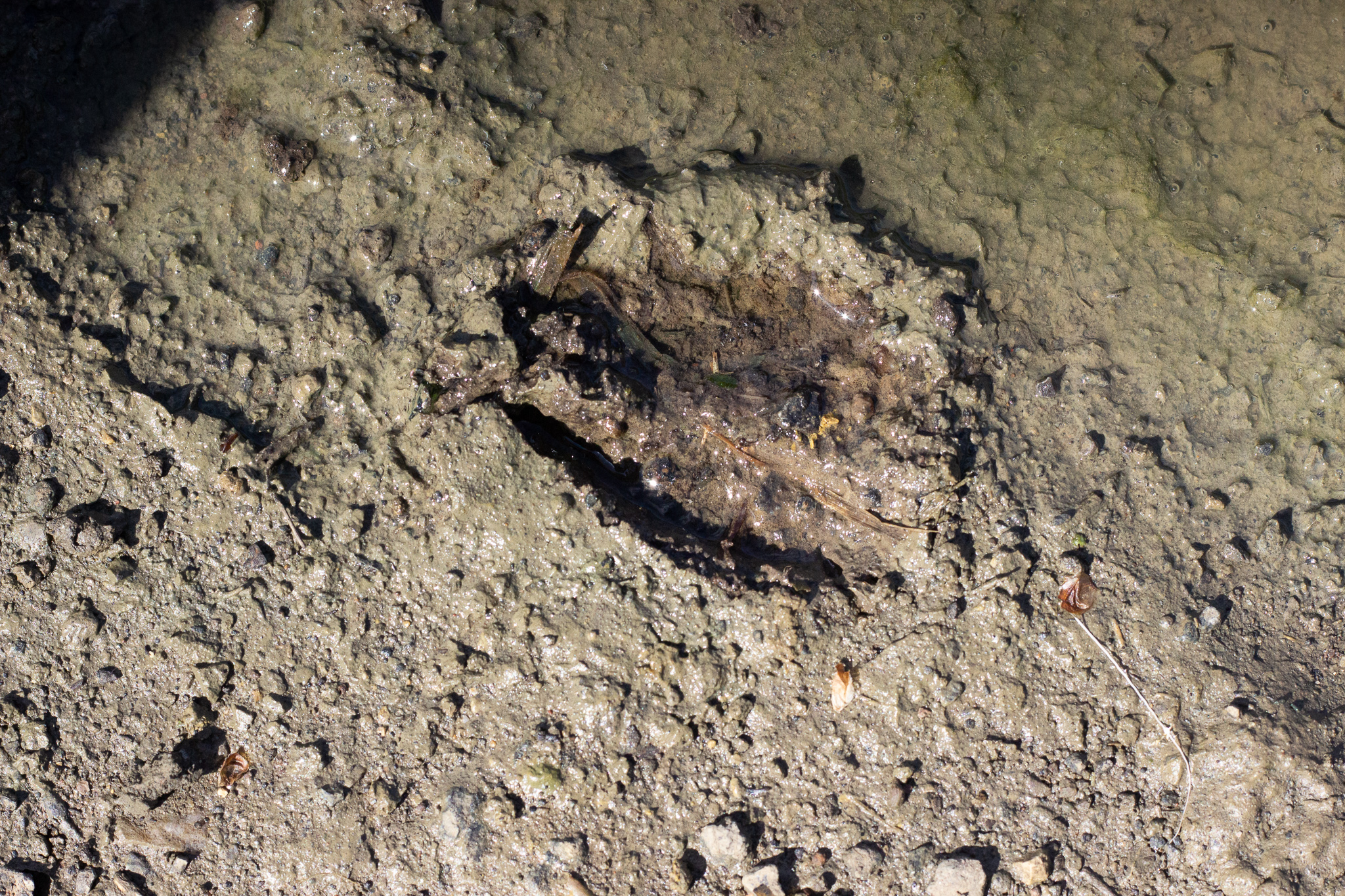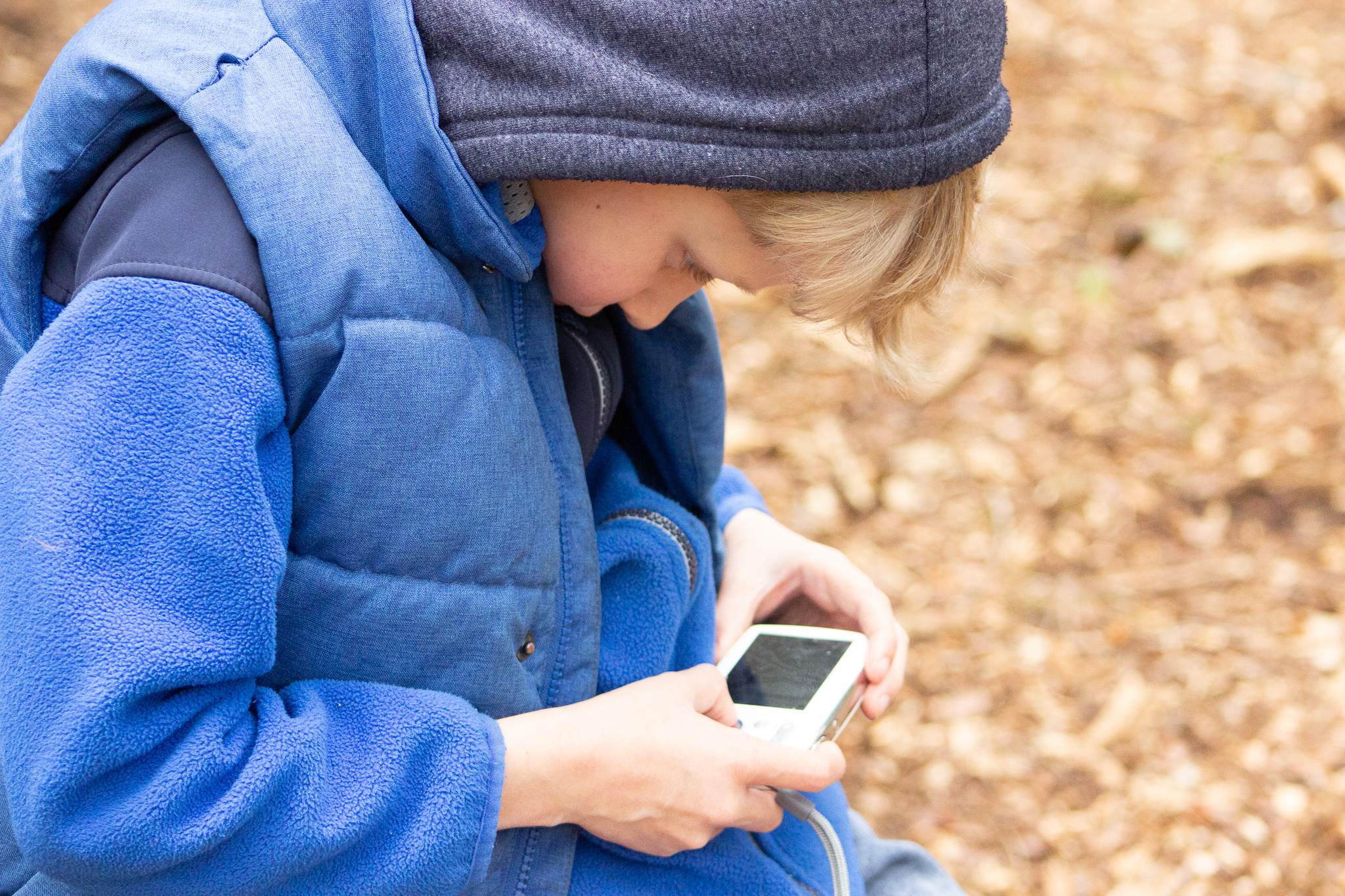Go Outside & Play: 5 Ways to Help Children Connect With Nature
Running wild through the fields.
How often do you explore the woods or go bug-hunting with your children? There is a large amount of evidence to prove that spending time in nature has a positive effect on our wellbeing, but how can we educate our children to ensure that they grow up and enjoy spending time in nature when they have been born into a largely digital world?
Nature connection is key to ensuring the future wellbeing of our children and encouraging a positive attitude towards looking after the world we live in. Sir David Attenborough put it best when he said: “There can be no greater legacy than giving young people the tools they need to save our planet.”
So what are the benefits of nature for children’s health & development?
Lower levels of stress and anxiety
Improved fitness levels
Higher levels of vitamin D
Improved distance vision
Reduced ADHD symptoms
Better academic performance
Enhanced emotional development
Stronger immune system
Better quality sleep
Children’s development can be affected by a lack of connection to nature, also known as nature deficit disorder (NDD). All of us, children in particular, are spending more time indoors, which alienates us from nature and makes us more vulnerable to negative moods.
Connect with nature and friends by taking photos of wildlife and create photos to be proud of.
So how can we help our kids reconnect with nature? Here are five simple and effective activities.
1. Feed the birds
Choose an area in your garden and set up a bird-feeding station. You can buy bird seed from a local market, supermarket or garden centre. Bird stations can be found online or from your local garden centre too, or if you prefer, there are lots of ways to make your own feeding stations from pine cones and recycled products on Pinterest.
Children love to sit and watch the different birds that visit your feeding station; they will enjoy learning the different bird names and feel a sense of responsibility towards looking after and feeding the birds.
Why not simply sit and listen to the birds too? Find a place in your garden or open a window and just sit. Close your eyes and spend two minutes sitting and listening to the peacefulness of the birds. Ask your children what they can hear and to take note of which direction the birdsong is coming from. This is mindfulness exercise that your child can use to connect with nature and enjoy some downtime – an important skill to teach them for their future wellbeing.
2. Plant and grow
This is a simple task. Plant something. Why not make this an activity to do together?
Visit a shop or garden centre and choose a plant or flower to grow. Sunflowers are a good choice for children, as they love to see how tall they can grow. Or Strawberries, tomatoes and herbs as children can learn how you can grow something that you can also enjoy and eat.
Watching the strawberries grow.
This has the added benefit of being able to share the experience of the five senses with your child too and encourage your child to connect with their environment and be mindful of their body, feelings and surroundings.
1. Listen to your environment as you plant the seeds. Ask your child, what can you hear?
2. Feel the soil as your plant the seed and notice the texture of the plant as it grows. Ask your child, what does the soil feel like? Can you feel the wind on your face? Is the leaf of the flower smooth?
3. See the plant and fruit growing and changing. Notice the changes and the little details of the plant sprouting and changing. You can capture this on camera with your child or measure the plant as it grows.
4. Smell the herbs, the flowers and the fruit. Ask your child, what can you smell? Do you like it?
5. Taste the strawberries, fruit and herbs once they’re ready to eat. Ask your child, does it taste sweet or sour?
Children are fascinated by the process of planting a seed and seeing how the flower or plant sprouts and grows over time. This is a learning process for them that will help to develop an understanding of the natural world, how it works, and how we can make an impact by taking care of the world we live in as well as teaching your child to take notice of the little details, connect with nature and have a positive effect on their wellbeing.
Beautiful pink tulips from our garden.
3. Build a bug hotel
It can be hard for creepy crawlies to find safe places to hide in some gardens, so why not build them a luxurious bug hotel? Even better, it’s a great way to use up all the bits and pieces you have lying around the garden: spare bricks, waste cardboard, sticks, pine cones, dry grass and bamboo stalks. Most of the supplies needed to create a bug hotel are free – you don’t need to buy anything expensive.
We made our bug hotel from wooden crates that I found at a local farm. They were put out to be recycled and no longer needed. There are lots of wooden crates at building merchants and left outside peoples houses which are available to use. Just ask first. :-)
Our simple but effective bug hotel that is also now a home to a pair of robins and their nest.
A bug hotel can be built at any time of year, offering shelter to toads and hedgehogs, as well as insects like bees, ladybirds and woodlice. Encourage the right kind of friendly guests, and they’ll even help you pollinate your flowers and get rid of unwanted pests like slugs and greenflies. Building a bug hotel with your kids is a great way to help them learn about beneficial insects and the various stages of their life cycles.
Our bug hotel was built to encourage bees and butterflies to our garden as well as a safe space for other creepy crawlies and I plan to plant wildflowers and lavender in the top. However it very quickly became a nesting spot for two robins and so we have chosen to leave it as it is for now and to give the robins the space they need to continue nesting.
You can find out more about creating a unique Bug hotel here . This is a very useful and informative site or visit the RSPB website here or check out my Pinterest for inspiration.
A beautiful dragon fly.
4. Look after the bees
Over the last 25 years, we’ve seen seven bumblebee species decline by more than 50%, and others go extinct entirely. The main reasons for this decline are industrial agriculture, bee-killing pesticides and climate change.
Bees pollinate almost 90% of the world's plants and are responsible for around a third of our global food supply. We need bees more than ever, so why not make your garden more bee-friendly? Choose plants and flowers that bees and butterflies will enjoy, such as hollyhocks, buddleia, crocuses, foxgloves and geraniums. Discuss the choice of plants with your children and explain why it is important to provide flowers for the bees and butterflies.
Don’t use weedkillers. Dandelions are the first food source the bees have before the flowers bloom in mid-spring, however, many people believe dandelions are a weed and kill them off. Instead, embrace the wildness of your garden and help the bees.
My children often refer to the film The Bee Movie – without bees there will be no food, so it’s our responsibility to look after them. In our garden, we have planted lavender and a large area dedicated to wildflowers for the bees and butterflies to visit.
Choose flowers for the bees
5. Take a walk
Talk about the shadows created by nature.
Walk with your child and take note of your surroundings. Connect with your environment by going on a bug-hunt or looking for pheasants, deer and other animals. Look for clues about what animals live around you. You can seek out rabbit holes and deer hoofprints or gather nature findings such as leaves, feathers and pine cones from your walk.
As you walk with your child, talk to them about what you can both see. Take a moment to stop, close your eyes and listen to sounds of nature around you. Set a task for your child and ask them to find something that is yellow, green (or another colour) and see what they can find. Teach your child how to care for nature and not to disrupt any animal homes or plants growing.
We’re going on a deer hunt……look, we found deer hair!
I spy a footprint………it’s a deer hoof!
For older children, you can bring a camera along and let them photograph their finds, or bring a sketch pad and pencil and encourage them to draw what they see or write how they feel. Again, encourage them to stop and listen and really take notice of where they are, how they feel and what senses are stimulated by being outside. Ask, what can you hear? Can you feel the wind on your face? How does being outside make you feel? By taking notice of their senses your child is learning to stop and be aware of the body and feelings and how nature and different environments can affect their body and mind. This is a life skill that is so beneficial to their health and wellbeing as they grow up. By taking notice of the little details of nature, they will also learn about the environment and form a strong connection to the natural world.
As a family photographer with a rural upbringing, I love nothing more than an outdoor photoshoot, capturing authentic family moments in the woods, on the beach, or running through fields. It’s a great excuse to get the whole family outdoors, as well as explaining photography to kids. Find out more about my outdoor family photography package, as well as my regular family nature days.
Learning some photography skills whilst exploring in nature.


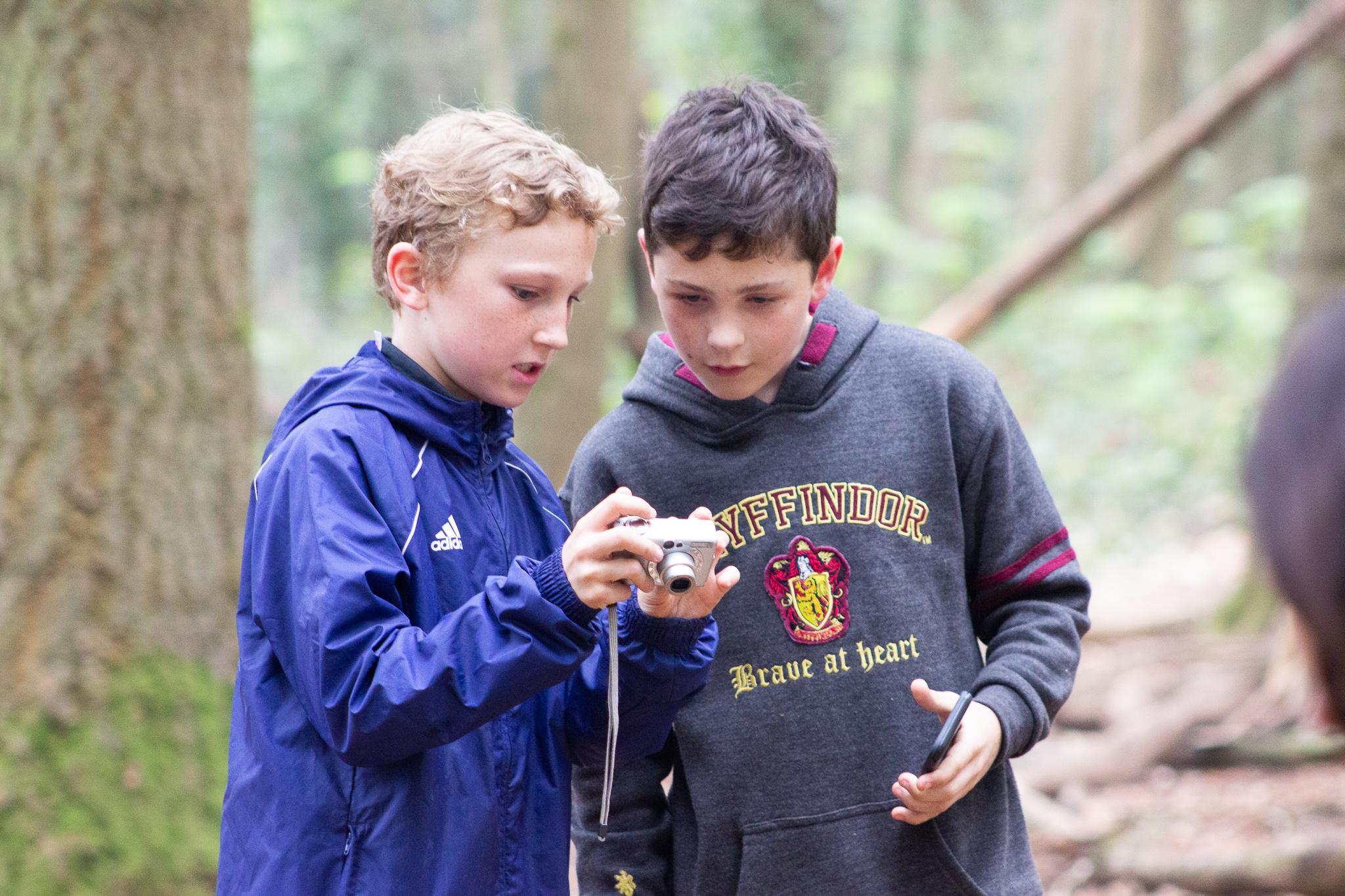
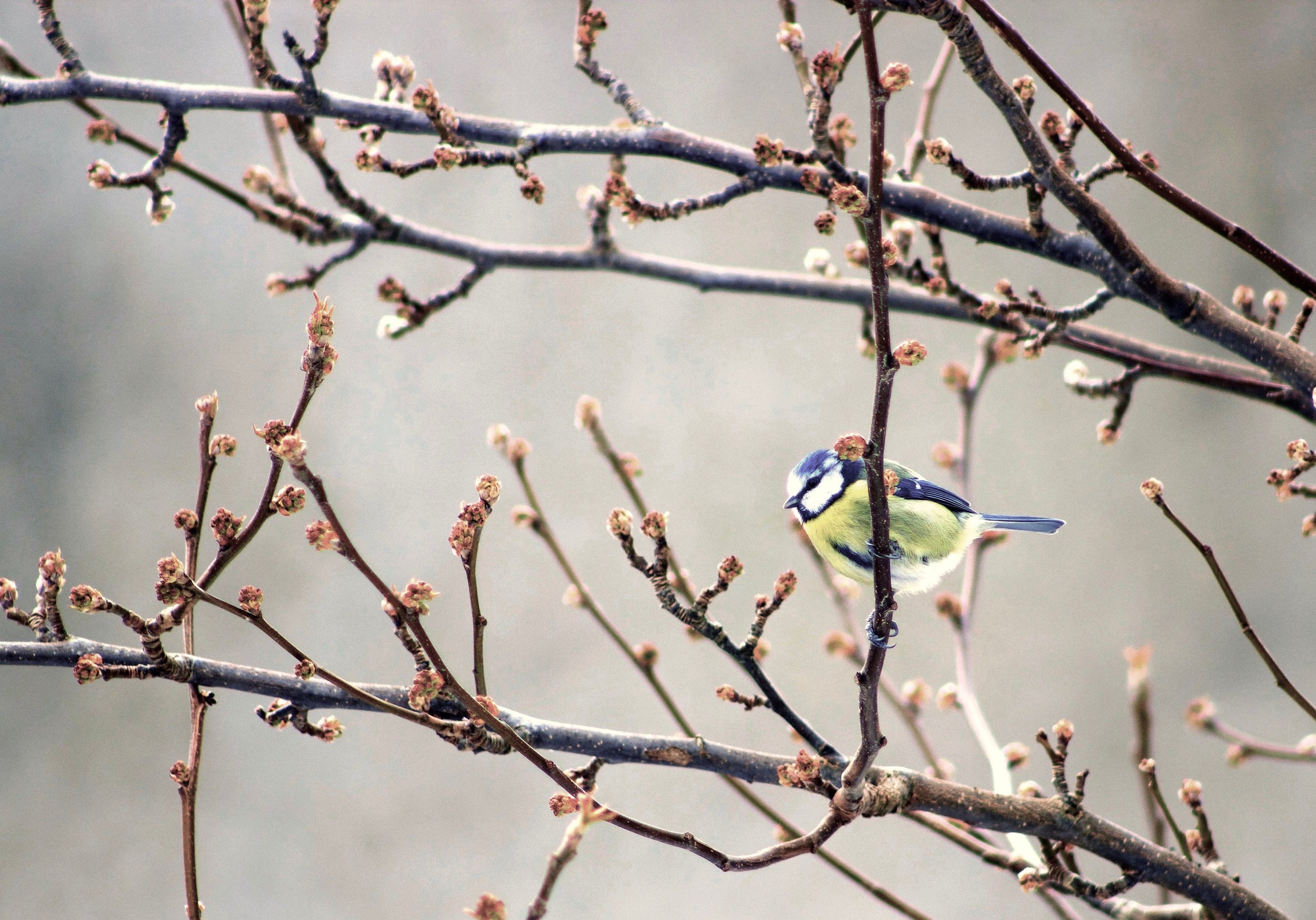

![IMG_3491[1].jpg](https://images.squarespace-cdn.com/content/v1/5b5c290c506fbeafdf158f9c/1555925840175-BG7ZDYF9VHP0GUSWWZBZ/IMG_3491%5B1%5D.jpg)

